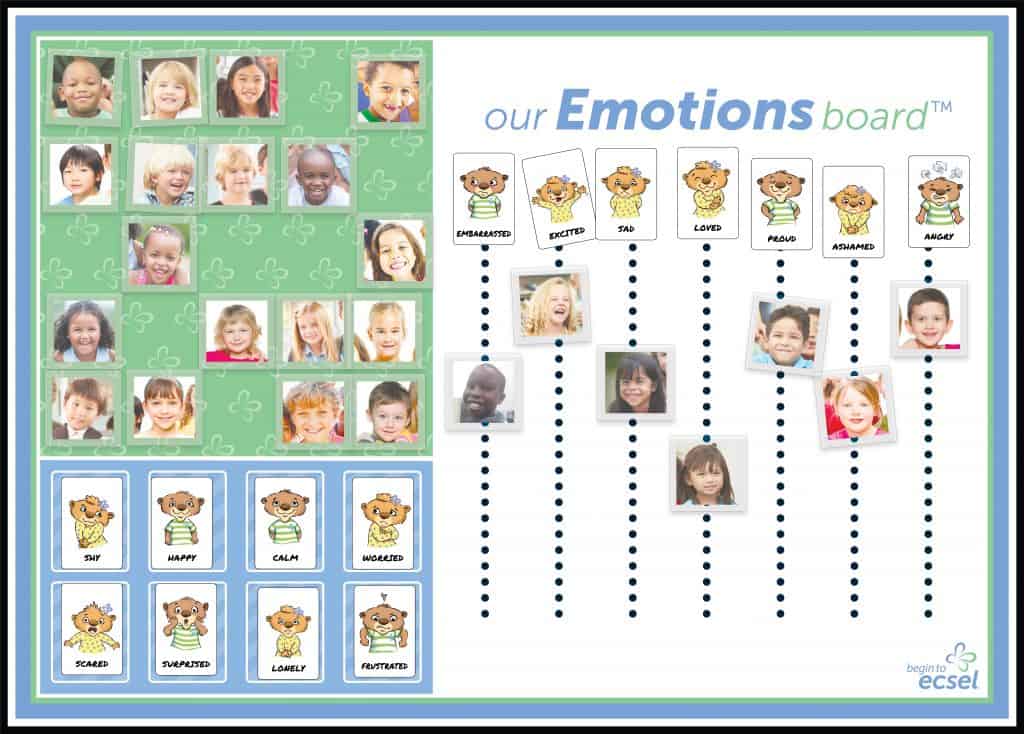Parent-Teacher Relationships: The Key to Back-to-School Success
Children are heading to school this fall, many for the very first time. Although the pandemic was an emotional rollercoaster for children and families, there is a silver lining: parents and teachers developed a more solid understanding of the importance of strong parent-teacher relationships and communication, a realization that can boost learning and development as we transition out of the pandemic.
Children thrive when parents and teachers have strong relationships.

As students head to schools and classrooms, social and emotional learning is parents’ top concern. Six in ten parents say they are worried about their children’s social and emotional development, about double the percentage of parents who said academic learning is their top worry, according to a new study released this summer (read the full New America report or coverage from Big Heart World).
When young children go to school, parents’ responsibility for ensuring their early education and development doesn’t get passed off to the teacher. Parents know what happened over the last year and a half; they know where their children struggled and excelled, both academically and emotionally, and these insights must be shared with educators. Likewise, educators and parents/caregivers must work together over time to forge home-school connections that will support children’s learning to address children’s needs, both academic and social-emotional.
Over my 30 years in education, research, and child psychology, I have seen the powerful impact strong parent-teacher relationships have on children.
Take conflict resolution, for example. During my time as a leader of a Boston-based early childhood center, I saw my fair share of frustrated parents and children. Three year olds running from dad, dad becoming angry about his son’s lack of emotional regulation: all parents can relate and empathize.
However, I also saw the effectiveness of parent-teacher relationships when mediating high intensity situations. I’ve seen parents, educators, and students working through big emotions — calming their bodies, preparing for open dialogue about emotions, sharing feelings, and finding solutions.
When teachers and parents communicate about what is going on with their child/student, and identify ways to respond, model, and guide, it provides a consistency of messaging and shared expectations. The result: The child feels safe, secure, more in control, with a sense of pride and confidence. Plus, parents and teachers feel a lot better, too.
Ways parents and educators can work together to build strong relationships to help students:
New School Year, New Emotions
Children will bring big emotions to classrooms. For those who have never been to school before, fear and separation anxiety are to be expected. Children may have heightened anxiety about socializing after a year of staying home or being told to interact at a distance. For some, there may be a sense of over-excitement to see friends again.
While these are natural, left unsupported, these emotions can create disruptions within the child, between children, and throughout the classroom.
As teachers address students’ academic needs, it’s important for parents to help children to identify, understand, and regulate emotions. This provides brain space for other activities such as focusing, problem solving, creative thinking and active listening.
Parents can get the ball rolling by building on what they have observed over the last year and a half with their children and sharing what they have seen and learned about their children– what makes them most nervous, what helps them calm down, what sparks their curiosity, etc.
These are the critically important conversations that pave the way for an open dialogue between parents and teachers about children’s emotions.
Consider YOUR Child and His/Her Needs
As we know, starting school is always filled with BIG emotions but this year is uncharted territory for many children and families. Therefore, parents should spend extra time reflecting on their children and their unique needs.
Consider your child’s school experience before the pandemic and how they’re feeling about going back to school or to school for the first time. Consider the feelings your child experienced during the pandemic and experiences that might have shaped your child’s mindset or skills going into the school year.
We recommend taking this quiz, developed by the Housman Institute and Big Heart World, to answer questions about your child’s social and emotional development at this moment and to get a list of your child’s unique needs and a personalized toolkit you can use to support your child’s social and emotional development.
Keep Channels of Communication Open Between Parents and Teachers
Less than half of parents say they’re comfortable communicating with their children’s teachers. Although these conversations can be hard, they are important to support children’s growth.
Once parents have thought through their child’s unique strengths and needs, they’ll be more ready to open a conversation with their child’s new teacher.
Talk to the teacher at the start of the year and make it your practice to keep the conversation going as the year proceeds.
Communicating early and often will give teachers and parents the information they need to support children through this transition and promote their healthy growth and learning.
Parents, over the last year — maybe without even knowing it — have been prepping or building the communication tools to build strong working relationships with their child’s teacher. Now it is time to put parents’ vast knowledge to use to support their children’s healthy transition and school year success.




